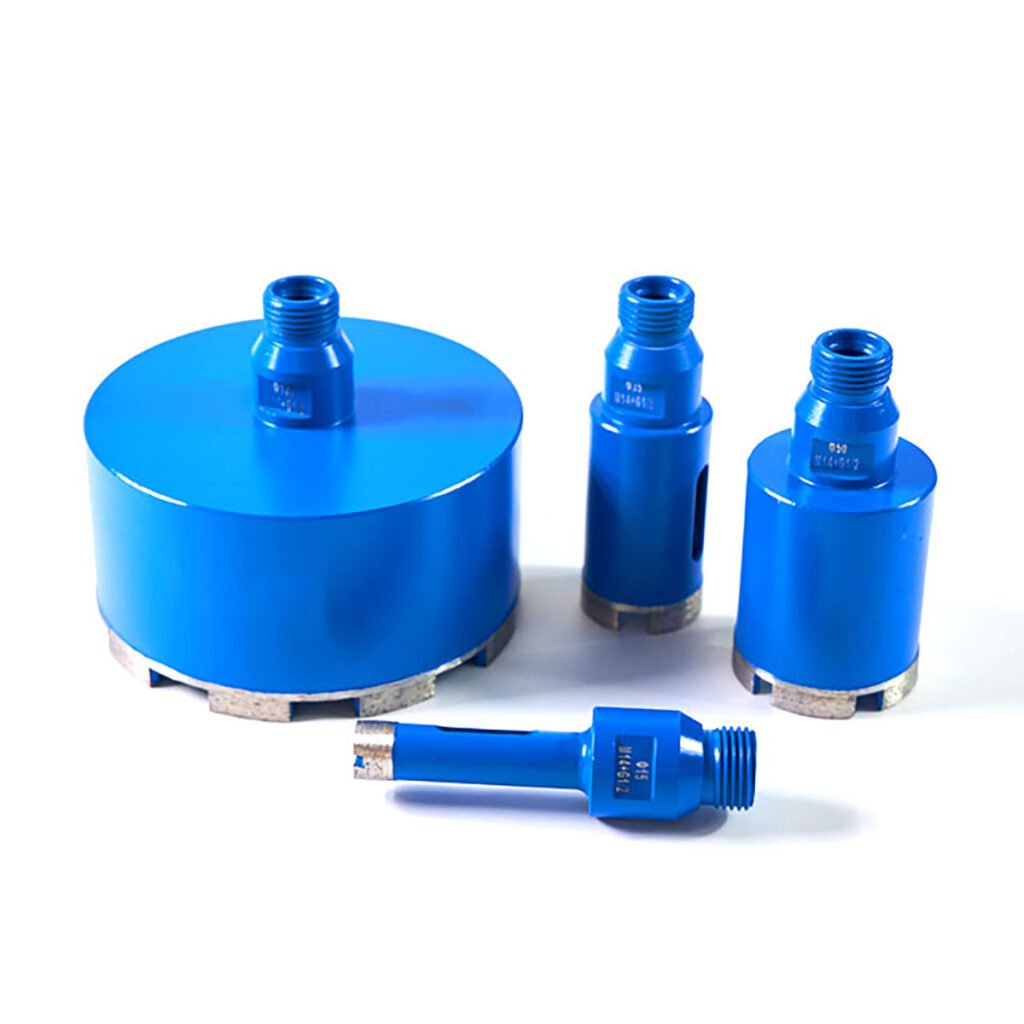Core drilling is a specialized technique used across industries to create precise, cylindrical holes in materials like concrete, rock, asphalt, and stone. Whether for construction projects, geological sampling, or utility installations, this method combines accuracy with versatility. In this guide, we’ll explore the fundamentals, applications, and benefits of core drilling to help you understand why it’s a cornerstone of modern engineering.
What is Core Drilling?
At its core, core drilling involves using a hollow, cylindrical drill bit to extract a “core” sample or create clean, circular holes . Unlike traditional drilling, which produces dust and debris, core drilling preserves the integrity of the material while achieving exact dimensions. This process is also known as diamond drilling due to the use of diamond-tipped bits, which ensure durability and efficiency even in hard surfaces like reinforced concrete .

Key Applications of Core Drilling
Core drilling serves diverse purposes across industries:
Construction:
- Installing plumbing, electrical conduits, or HVAC systems through walls and floors.
- Creating openings for doors, windows, or staircases via stitch coring (drilling overlapping holes) .
Geotechnical & Mining:
- Extracting rock or soil samples for analysis to assess site stability .
Renovation & Demolition:
- Precision cutting for controlled demolition or retrofitting projects.
Utilities:
- Drilling pathways for cables, pipes, or anchors without damaging existing structures [[6]].
How Does Core Drilling Work?
The process relies on advanced tools and techniques:
- Diamond-Tipped Bits: These industrial-grade bits cut through hard materials while minimizing vibration .
- Wet vs. Dry Drilling: Wet drilling uses water to reduce dust and cool the bit, ideal for indoor projects. Dry drilling is faster but suited for outdoor use .
- Core Drilling Machines: Portable rigs or mounted systems adjust to vertical, horizontal, or angled drilling needs .
Benefits of Core Drilling
- Precision: Achieve exact hole sizes (from 10mm to over 1m in diameter) .
- Minimal Damage: Preserves structural integrity by reducing cracks or fractures .
- Speed: Faster than jackhammering or sawing, especially in reinforced concrete .
- Versatility: Works on diverse materials, including marble, granite, and asphalt .
Safety and Best Practices
- Always inspect equipment before use to avoid malfunctions .
- Use water suppression systems to manage dust and debris .
- Hire certified professionals for complex projects to ensure compliance with safety standards.
Why Core Drilling Matters in Modern Projects
From skyscrapers to infrastructure upgrades, core drilling is indispensable for projects requiring accuracy without compromise. Its ability to handle tough materials while maintaining precision makes it a go-to solution for engineers and contractors worldwide .
By understanding the principles and applications outlined in this guide, you’re better equipped to leverage core drilling for your next project—ensuring efficiency, safety, and long-term durability.
Final Tip: Partner with experienced core drilling specialists to maximize results. Their expertise in tool selection, technique, and safety protocols can transform even the most complex challenges into seamless executions.

